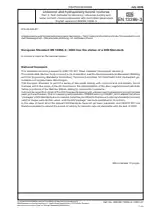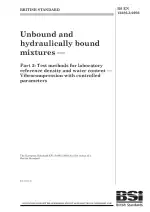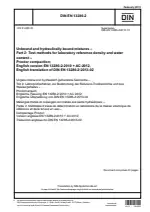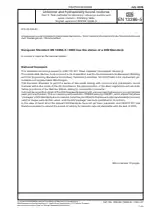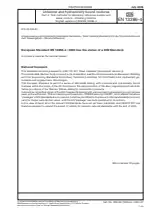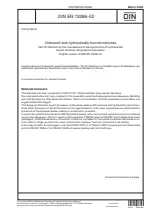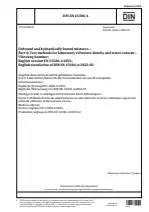Unbound and Hydraulically Bound Mixtures - Part 3: Test Methods for Laboratory Reference Density and Water Content; Vibrocompression with Controlled Parameters
Also Known As:
The DIN EN 13286-3 standard provides a standardized method for testing the laboratory reference density and water content of unbound and hydraulically bound mixtures. Specifically, it focuses on the use of a compacting machine called "controlled parameters vibro compression" (CPVC) to determine the maximum reference dry bulk density and the difficulty of compaction.
This standard applies to both unbound mixtures and mixtures that have been bound with hydraulic binders prior to setting. It is applicable to mixtures with a maximum size aggregate of 31.5 mm.
By using the CPVC machine, this standard ensures consistency and accuracy in determining the reference density and water content of these mixtures. These test methods are important for assessing the quality and performance of unbound and hydraulically bound mixtures, facilitating their appropriate use in construction applications.
| Descriptors | Binding agents, Bound, Building materials, Compacting, Conglomerates, Construction, Construction materials, Definitions, Densimetry, Density, Determination, Determination of content, Dry density, Grain sizing, Hydraulic, Laboratory testing, Mathematical calculations, Mineral aggregates, Mixtures, Particulate materials, Pavements (roads), Road construction, Rocks, Size ranges, Specification (approval), Specimen preparation, Testing, Testing conditions, Unbound, Vibrated density, Vibration, Water, Water content, Sample preparation |
| ICS Codes | 93.080.20 - Road construction materials |
| Language(s) | English |
| File Size | 542.7 KB |

